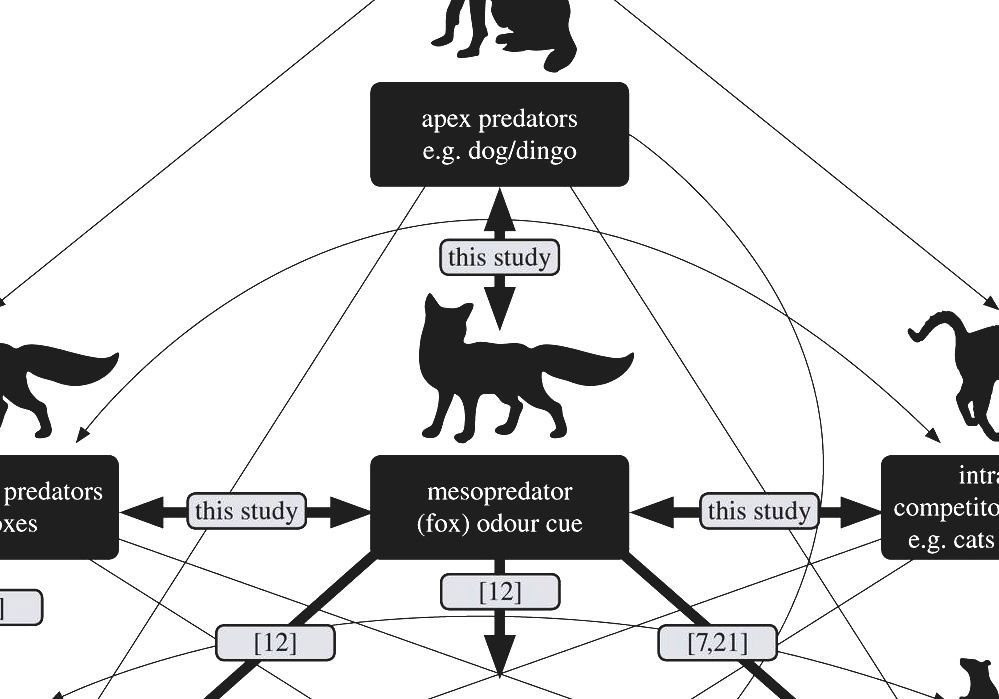

How many were taken prior is pretty frightening to consider. From the time of discovery to the capture of the cat, 102 known bats were predated. There is also a well-documented event where a single feral cat devastated a colony of pekapeka/short-tailed bats in native forest in the central North Island. When you consider that a gecko takes 3-4 years to reach sexually maturity and then has, at best, twins each year, feral cats can cause massive devastation to the future of a gecko population. They are big invertebrate eaters and absolute devastators of lizards. This means they can impact on just about everything we have out there. The fact is that there is a whole variety of nature out there in the ngāhere, and pleasingly people are now opening their eyes to that.įeral cats are our number one apex predator. In New Zealand conservation, we have been very ‘bird centric’ for many years. For something to live, something else (or a lot of somethings) must die. We can wrap nature in a million cuddly photos of baby animals on social media, but the bad news is that, out there it is survival of the fittest and fastest. This opinion flies straight in the face of nature itself.

I am not sure how we navigate this sub-subject to a mutually agreeable conclusion.

An overlapping group also believes that to kill any (feral) cat is simply and fundamentally wrong. The biggest challenge facing us right now is a group that firmly believes that feral cats have as much right to be out there as domestic cats, or in some cases, even people. So how do we find the balance between cats, both feral and domestic, and growing nature – and keeping all people happy? I think the answer to that question is “very carefully”, and on a case-by-case basis. When it comes to protecting nature and enabling people to live in the world, then balance comes up again. That’s what happens when you remove the competition, and competition for food has an impact greater than predation many times. You will protect one thing at the expense of others if you only dip your toe in the water. Take possums out of podocarp forest, for example, and watch rats explode. You can’t play God for one thing without being forced to play God somewhere else. And when you talk about nature and working to protect it, balance is really the key word. Given it was somewhat of a controversial subject, I was pleased to hear that you considered that I had got the balance right. 3767-3774., doi:10.1242/jeb.Well, we had quite a reaction to the previous blog on cats. " Digestive Physiology of the Burmese Python: Broad Regulation of Integrated Performance." Journal of Experimental Biology, vol. " Marsh Rabbit Mortalities tie Pythons to the Precipitous Decline of Mammals in the Everglades." Proceedings of the Royal Society B: Biological Sciences, vol. " Human Persecution of the Harpy Eagle: A Widespread Threat?" The Raptor Research Foundation, vol 55, no.1, 2020, pp. " Retaliatory Killing and Human Perceptions of Madagascar’s Largest Carnivore and Livestock Predator, the Fosa ( Cryptoprocta ferox)." PLOS ONE, vol. " Leopard Seal." New Zealand Government Department of Conservation. " Tasmanian Devil ( Sarcophilus harrisii) Extinction on the Australian Mainland in the Mid-Holocene: Multicausality and ENSO Intensification." Alcheringa: An Australasian Journal of Palaeontology, vol. " How Did the Dingo Get to Australia?" AAAS, 2016.īrown, Oliver J. " Food Habits of Grizzly Bears and Black Bears in the Yellowstone Ecoystem." National Park Service.ĭayton, Leigh. " A Central Role for Venom in Predation by Varanus komodoensis (Komodo Dragon) and the Extinct Giant Varanus (Megalania) priscus." Proceedings of the National Academy of Sciences, vol. " Polar Bears Struggle as Sea Ice Declines." NASA Earth Observatory.įry, B. “ Genetic Relatedness Reveals Total Population Size of White Sharks in Eastern Australia and New Zealand.” Scientific Reports, vol. " Killer Whales Redistribute White Shark Foraging Pressure on Seals." Scientific Reports, vol. Proceedings Of The Royal Society B: Biological Sciences, vol 284, no. " Fear Of The Human ‘Super Predator’ Reduces Feeding Time In Large Carnivores". American Journal Of Physical Anthropology, vol 175, no. " The Evolution Of The Human Trophic Level During The Pleistocene". " Saving Large Carnivores, but Losing the Apex Predator?" Biological Conservation, vol.


 0 kommentar(er)
0 kommentar(er)
